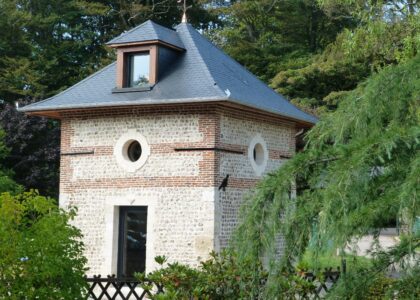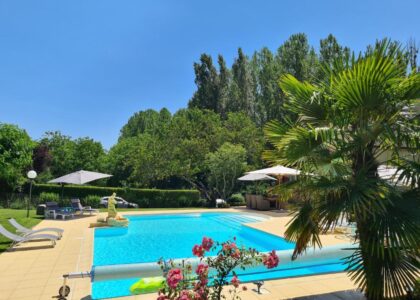Welcome to Red Bluff River Park, a serene natural spot with a rich historical tapestry woven through its landscape. Situated in the city of Red Bluff, California, this park offers more than just scenic beauty and recreational activities—it is steeped in a history that reflects the broader narrative of the region.
Red Bluff itself was originally known as Leodocia, a name that changed to Covertsburg in 1853 before settling on its current name in 1854. Its name was inspired by the reddish sand and low bluffs that characterize the area. In the mid-19th century, Red Bluff was a bustling supply center for miners heading to the Trinity County goldfields during the California Gold Rush. The Sacramento River, which flows through the city, was a vital waterway for paddle-wheel steamers, facilitating the movement of goods and people.
One of the notable figures associated with Red Bluff is William B. Ide, a prominent figure in California history who served as president of the short-lived Bear Flag Republic in 1846. Ide’s adobe home is preserved as a state historic park and offers a glimpse into the early days of California’s statehood.
By the 1870s, the Southern Pacific Railroad reached Red Bluff, turning it into a terminus for a few years and significantly boosting the local economy. However, the arrival of the railroad also marked the decline of riverboat traffic as the primary means of transportation.
The Red Bluff area was also impacted by the anti-Chinese sentiment that swept through California in the late 19th century. In 1886, White supremacists in Red Bluff participated in organized efforts to expel Chinese residents, reflecting the racial tensions of the era.
Today, Red Bluff River Park stands as a peaceful retreat, a place where visitors can reflect on the complex history of the region while enjoying the natural beauty of Northern California. The park is more than just a recreational space; it is a testament to the enduring spirit of the people who have called Red Bluff home, from its early settlers to its modern-day residents.





